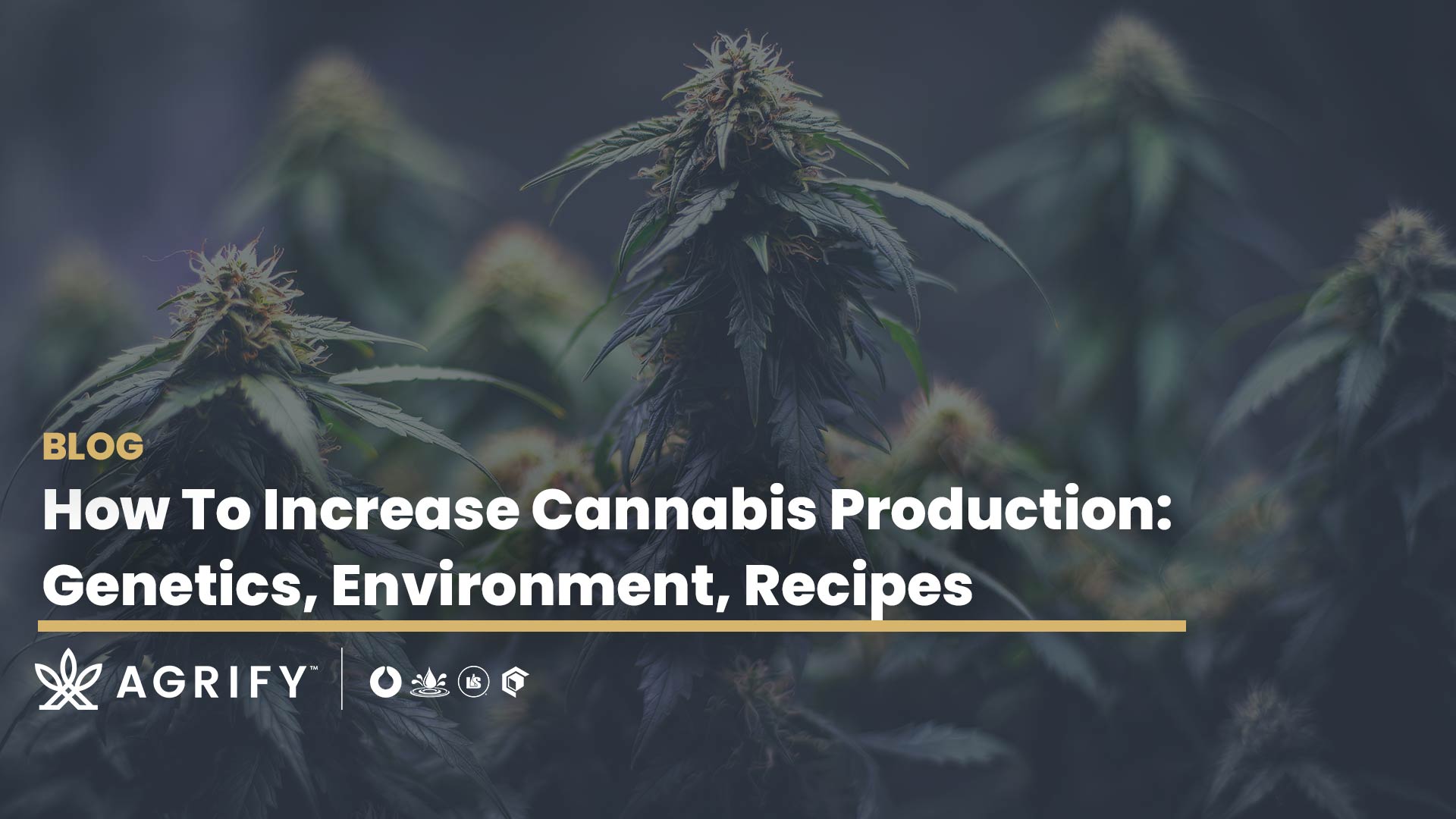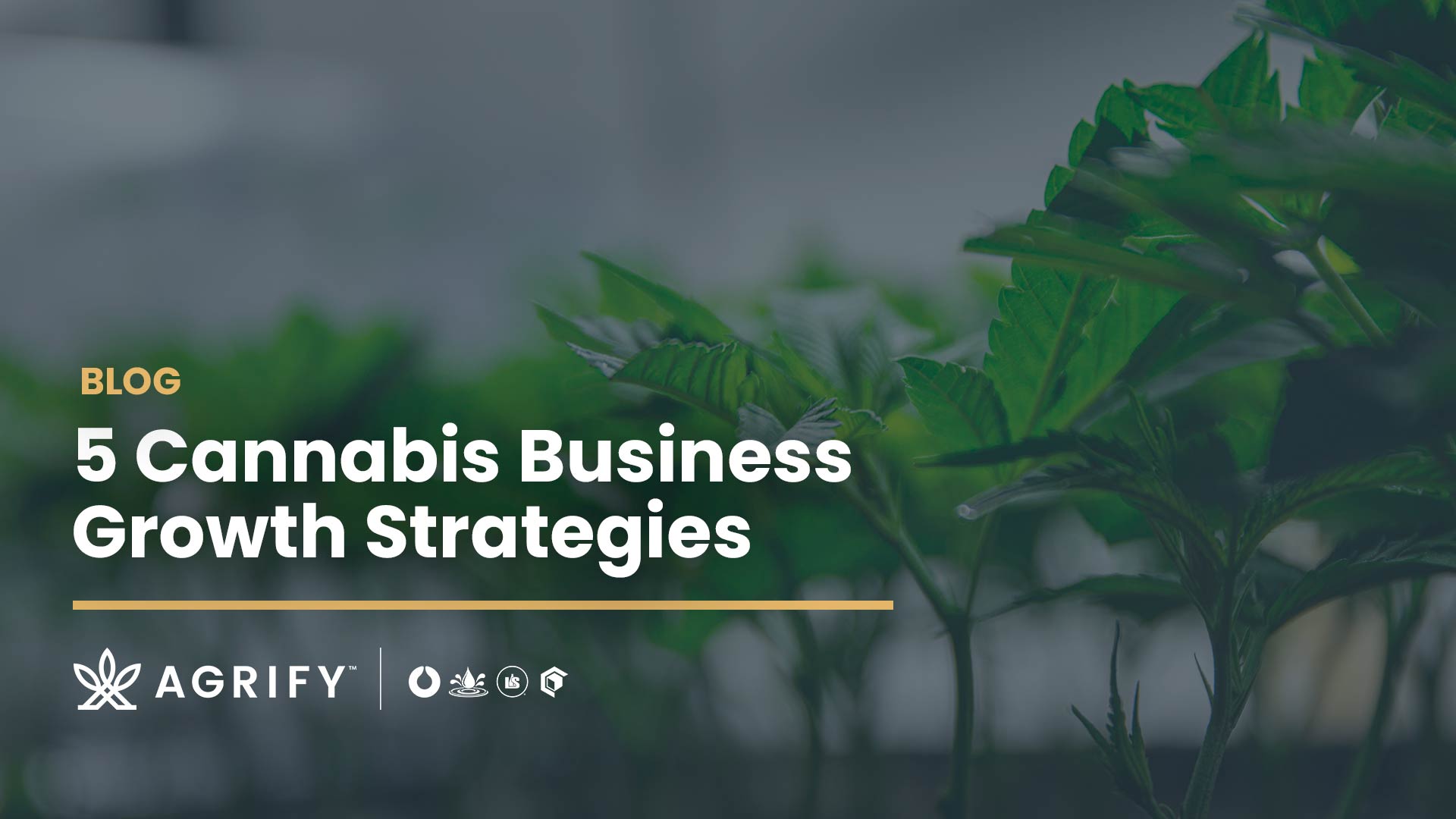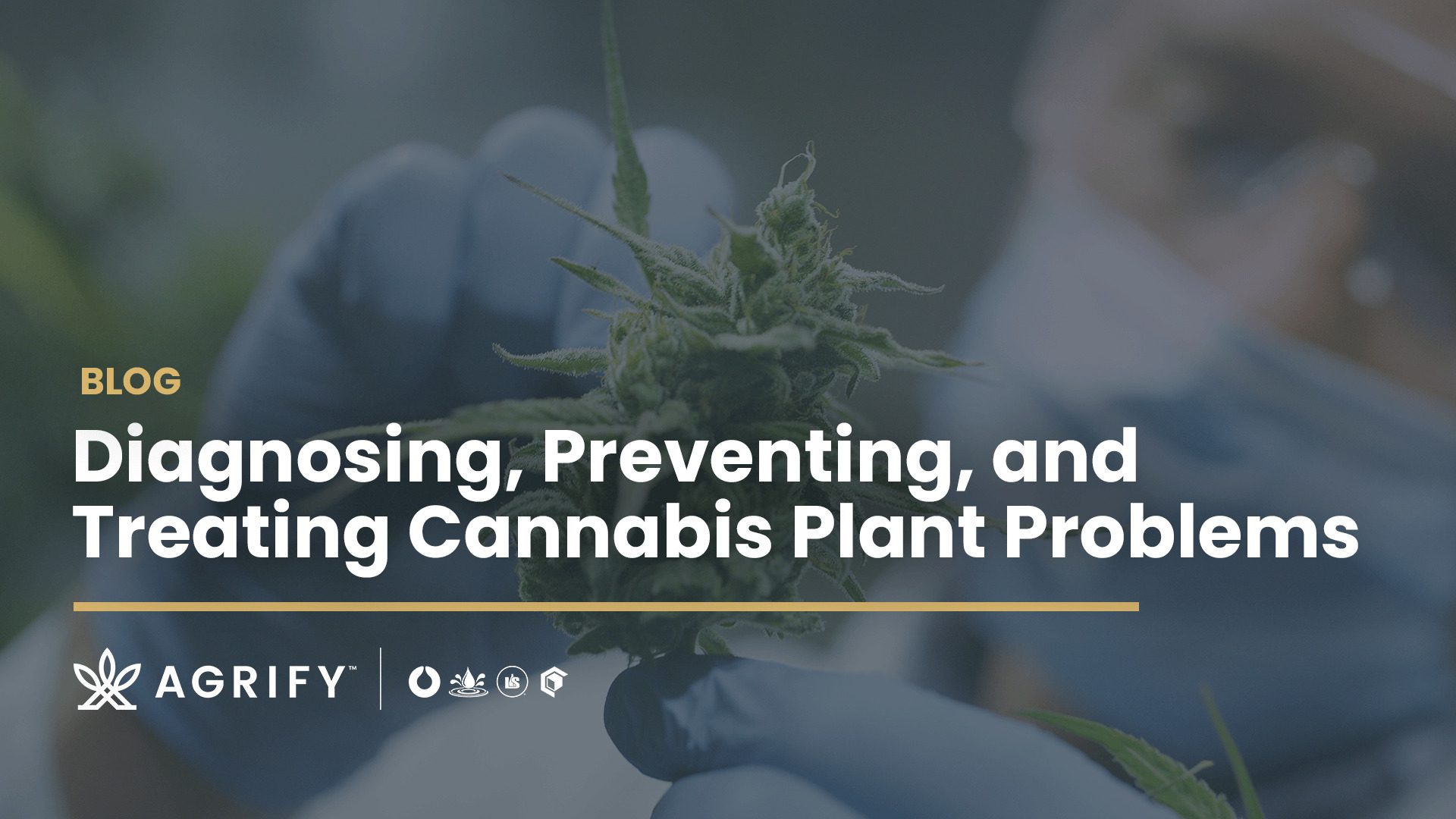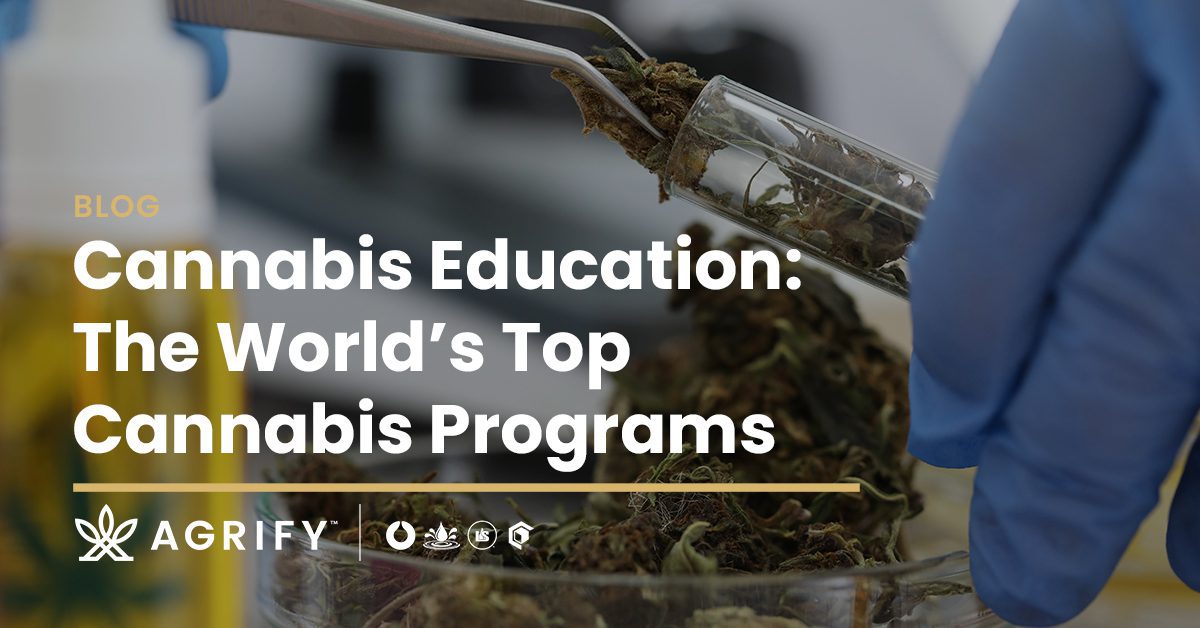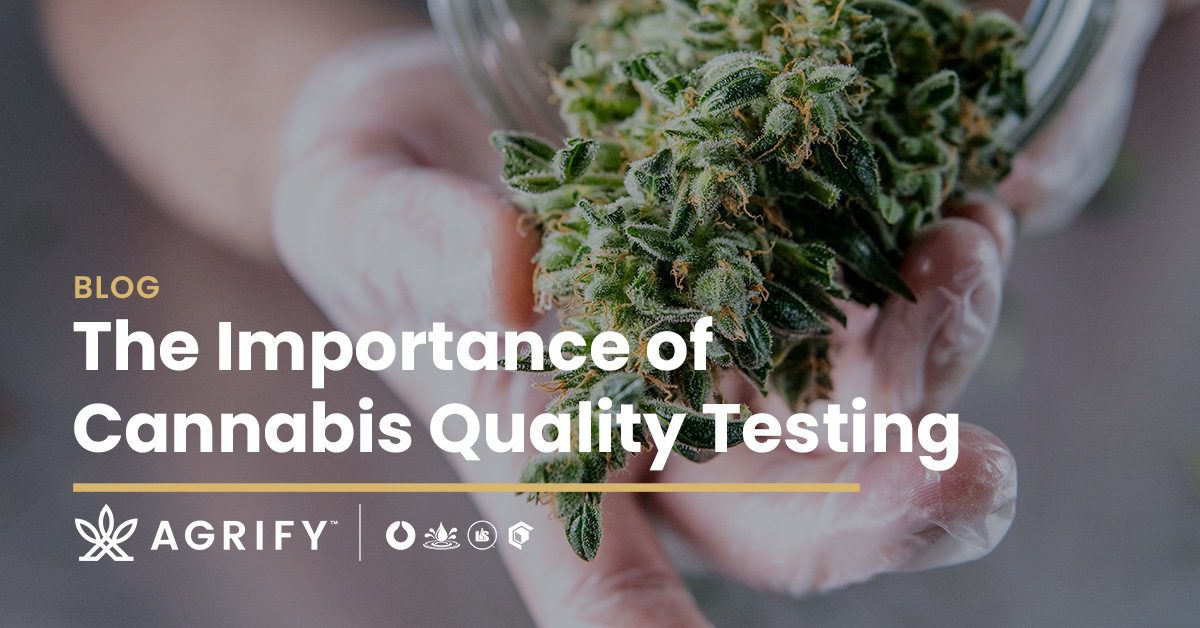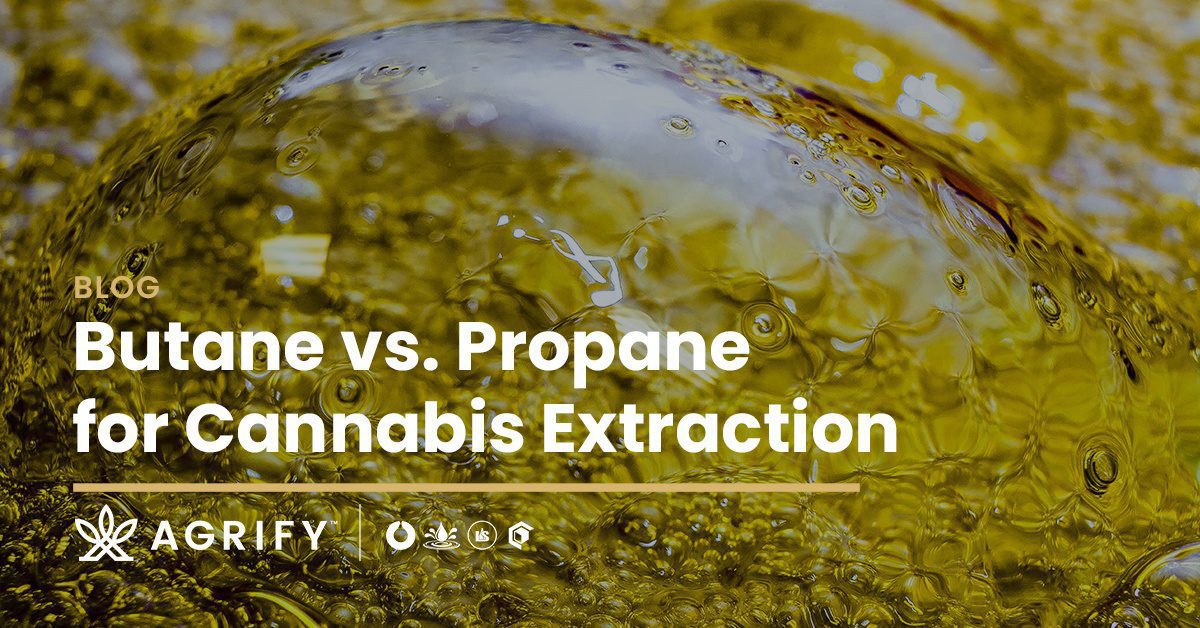Air purification goes beyond simply trapping impurities in a filter. Air purification systems like Bluezone take the extra step to kill pathogens found in the air or convert them into a compound less harmful to the plants. Air purifiers are also more effective at negating a wider range of airborne pathogens and threats that can impact the success of a harvest.
Why is air purification necessary for cannabis and hemp grows?
Air purification greatly minimizes mold growth. Cannabis is extremely susceptible to many types of mold, fungus, and mildew, particularly botrytis (bud rot) and powdery mildew. It’s not a matter of simply clearing up leaves with powdery mildew or removing infected plants as they are found. If the mold or mildew is visible on the plant, the spores are in the air – and they were airborne long before they were a physical threat.
Air purification can – and should — reduce the spread of all contaminants, not just mildew and mold spores. Compounds that encourage plant cell death, deterioration, or premature aging can all be found in an indoor grow environment. Removing these compounds contributes to the overall health of the plants inside the grow facility. The right air purification technology can also control airborne viruses.
Proper air purification also helps reduce odor. The famous (or infamous) smell associated with cannabis comes with the territory in a grow facility. While the odor is expected, it can be overwhelming and can even become a neighborhood nuisance in some instances. The same compounds that cause odor can have a negative impact on the environment, too, and may contribute to the formation of air pollutants both inside and outside the facility.
Where grow room air filtration can fall short
Certainly, mold and mildew are at the top of the priority list for a cultivator, but there are other invisible pathogens hovering in the air – not all of which can be treated with the same technology. Cultivators also need to consider the impact of these pathogens:
- Bacteria: Harmful bacteria can spread from seemingly infinite sources, including surface contamination and human contact.
- Ethylene: This compound causes premature plant deterioration, called senescence. Plants with immature yellow leaves may have been exposed to excess ethylene.
- Volatile organic compounds: Cannabis and hemp emit significant biogenic volatile organic compounds, called BVOCs, which contribute to the plant’s pungent aroma and to pollutants.
Many grow room air filtration systems are dialed in to eliminate one or a handful of these sources, as opposed to tackling all possible mold-encouraging and odor-causing airborne pathogens with one piece of equipment. For example:
- Bipolar ionization is focused on breaking down impurities that make their way into the air, like hydroxyl radicals that speed up plant cell death, but they do not have a profound impact on mold and mildew.
- Photocatalytic oxidation combines UVC irritation with titanium dioxide, which converts contaminants into non-harmful substances like water and carbon dioxide. This process may also release formaldehyde as a byproduct. However, this is only effective when the air passes through the UV light, resulting in inefficient purification and low treatment volume.
- Carbon filters are more effective at removing odor than they are at removing mold-causing pathogens.
- UV lamps placed in HVAC ducts remove bacteria and mold but do not affect odor. Additionally, purification happens only when the HVAC system is running. The flow rate of the HVAC system is not calibrated for maximum kill rate, so purification reactions are inefficient.
